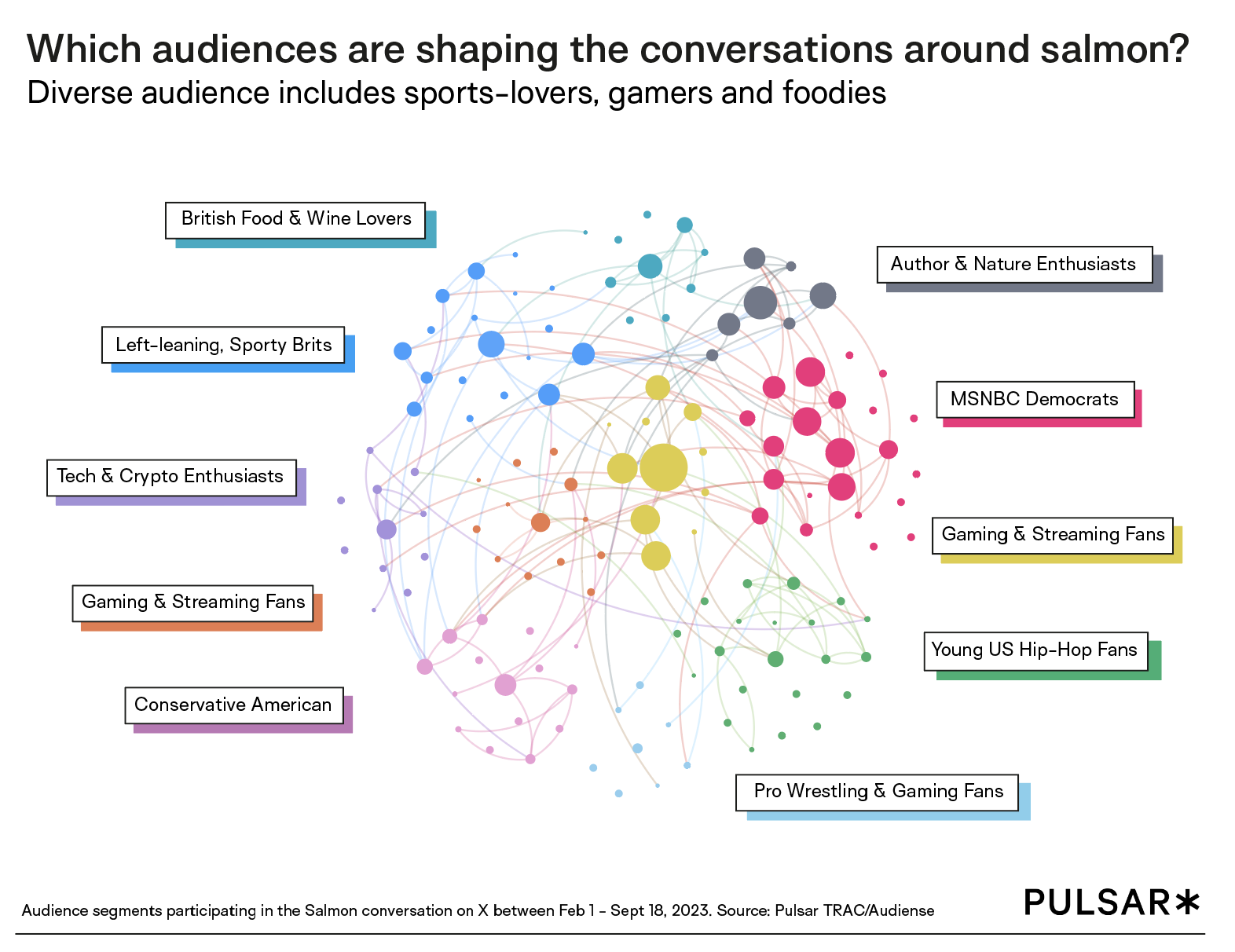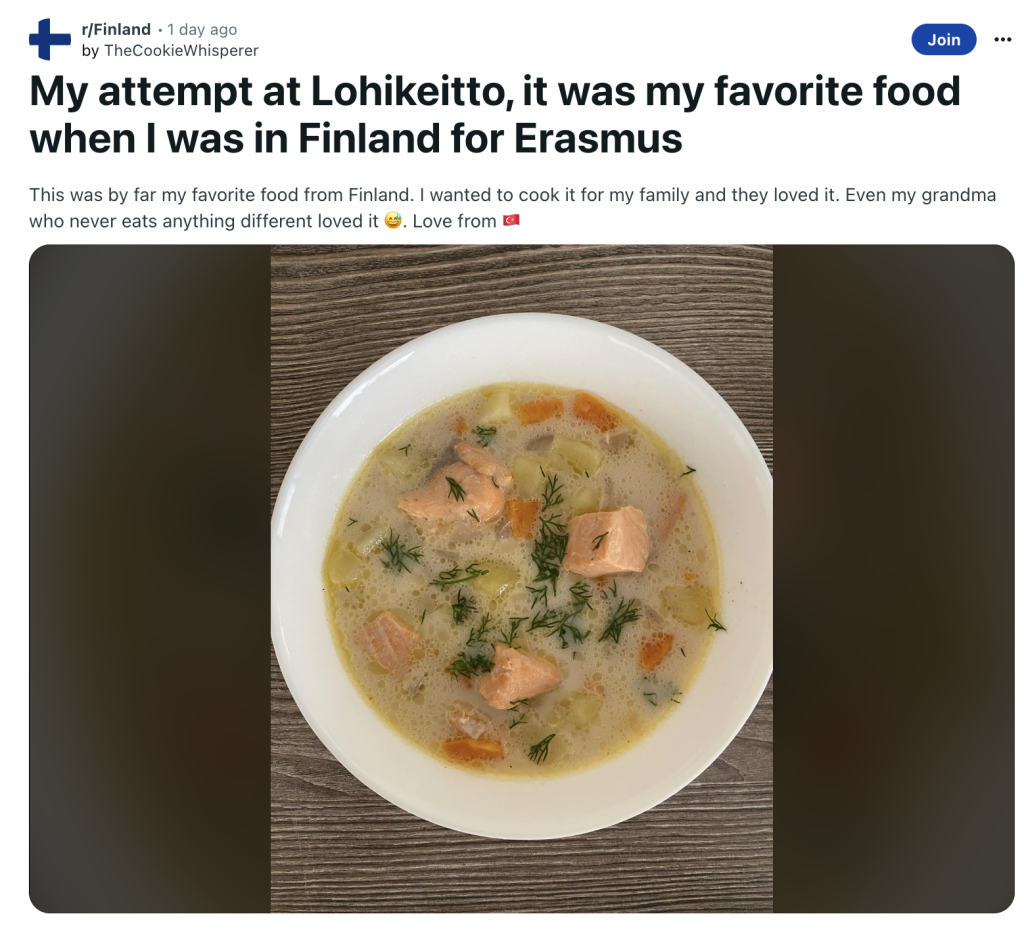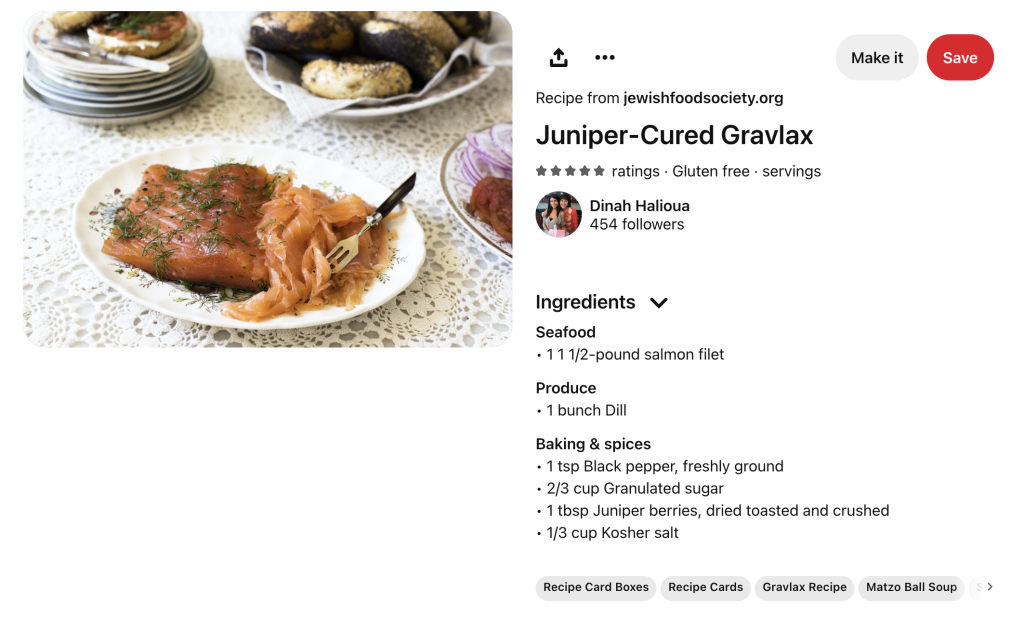
Painting the world (salmon) pink: how culture impacts attitudes towards food
- Food & Drink
It’s never as simple as ‘liking what you like’. What we choose to put in our shopping baskets, plates and mouths is conditioned both by cultural associations and how we self-define ourselves.
Salmon provides a great example of this. Smoked salmon, gravlax and sashimi are materially very similar - it’s largely the same uncooked fish, either smoked, cured or untreated. And yet, the three remain highly distinctive, eaten with different meals, in different settings and by different people. This comes down to to perceptions around each that have -over time- shaped behavior.
When we analyze the conversation taking place around each across platforms including X (formerly known as Twitter), Pinterest, Facebook, Online News, Broadcast media and more, we see the spread of audience interest reflecting the centrality over each to American, British and Australasian cultures.
Smoked Salmon is clearly most often cited, across recipes, articles and social media posts, the last of which incorporates everything from accounts of dining experiences to cultural ephemera.
And this entrenchment in the culture is reflected in the contexts for salmon consumption.
Sashimi is different, far more associated with eating out or food delivery. In essence, then, sashimi is more likely to be seen as something prepared by others. Part of this is practical - it requires access to very fresh fish. But there’s also a sense that, due to its eastern origins and introduction to the western world via restaurants, there’s an "otherness" to the foodstuff that makes it less likely to be prepared and consumed at home.
Gravlax is a different case altogether. Produced via a nordic method of curing which uses salt, sugar and either dill or spruce twigs, it appears on first glance to be predominantly associated with at-home recipes.
This only tells part of the story, however, given that the conversation we're looking at spans February- September 2023. Across successive years, we see mentions of Gravlax, and its association with parties or events, spike at Christmas. Smoked Salmon see similar movement, albeit to a slightly lesser degree.
So why do smoked salmon and gravlax continue to be associated with the winter holidays? Clearly tradition plays a major part, but tradition is not always enough to sustain behavior, particularly around something like food that has to be bought, or "renewed", over successive years.
Instead, feelings of tradition intersect with current associations - particularly those that identify the dishes with luxury and a "treat". These then mutually reinforce the link to the holiday period amongst audiences, and see it remain a feature of canapés, platters and traditional recipes.
When viewed in this light, we see the context behind gravlax being linked to recipes, over occasions, throughout the year. This conversation features communities and publications swapping recipes and preparing for the holiday period - but also suggests a gradual de-emphasising of gravlax from Christmas. We can see evidence of this in how non-seasonal search interest has ticked up by almost 50% over the previous 5 years.
Given behavior is contingent on audiences choosing either to perpetuate longtime tradition, engage in newer trends, or spin off from mainstream norms entirely, it's worth analyzing who's in that wider "salmon" audience.

One immediate observation is how well-represented urban liberals, tech professionals and fans of sports such as rugby union are. Given each of these affinities is often linked to higher socioeconomic status, that makes a certain amount of sense; salmon prepared in these ways can be expensive.
Foodies are predictably present, but so too is a strong gamer contingent. These segments are disproportionately likely to be invested in Japanese culture (with Nintendo, Sony, and anime-related accounts all figured highly in their online affinities), hence an interest in sashimi.
Yellowtail jalapeño sashimi and beef yakisoba after a successful day of #PAXWest coverage? DON’T MIND IF I DO pic.twitter.com/jNMe620IAq
— Ash Paulsen 🏳️🌈🏳️⚧️ (@AshPaulsen) September 2, 2023
At the same time, other cultural ephemera, unrelated to actual consumption, keeps these topics in circulation. British football fans are likely to talk about Gravlax, for instance, due to thread that compares Manchester City's Jack Grealish to the protagonist of an advert for cell phone provider Three, overwhelmed by the complexities of the menu as he looks to impress his partner's parents.
“The gravlax, please” pic.twitter.com/ENdoKFtshL
— Adam Burns (@AdamBurnsPR) July 4, 2023
This might seem like a curiosity, when viewed alongside instances of actual behavior – but it reinforces audience associations towards an item of food; enjoying the broad humor of the advert in the present could be sublimated into actual buying behavior later on.
When we use Pulsar's Communities features to divide the social conversation according to these audience segments, defined by shared behaviors and affinities, we can get a sense of how different people relate to the salmon on their plate.
eating food and feeling actually nourished (the food is salmon rolls, salmon nigiri, and salmon sashimi)
— QC (@QiaochuYuan) December 4, 2023
This is still the best AI ever generated
Salmon jumping in a river pic.twitter.com/HFg7fsu2Ap
— Chris Albon (@chrisalbon) September 21, 2023




%20pink%3A%20how%20culture%20impacts%20attitudes%20towards%20food&rnd=123382&cdn_o=a&_biz_z=1754250838798)